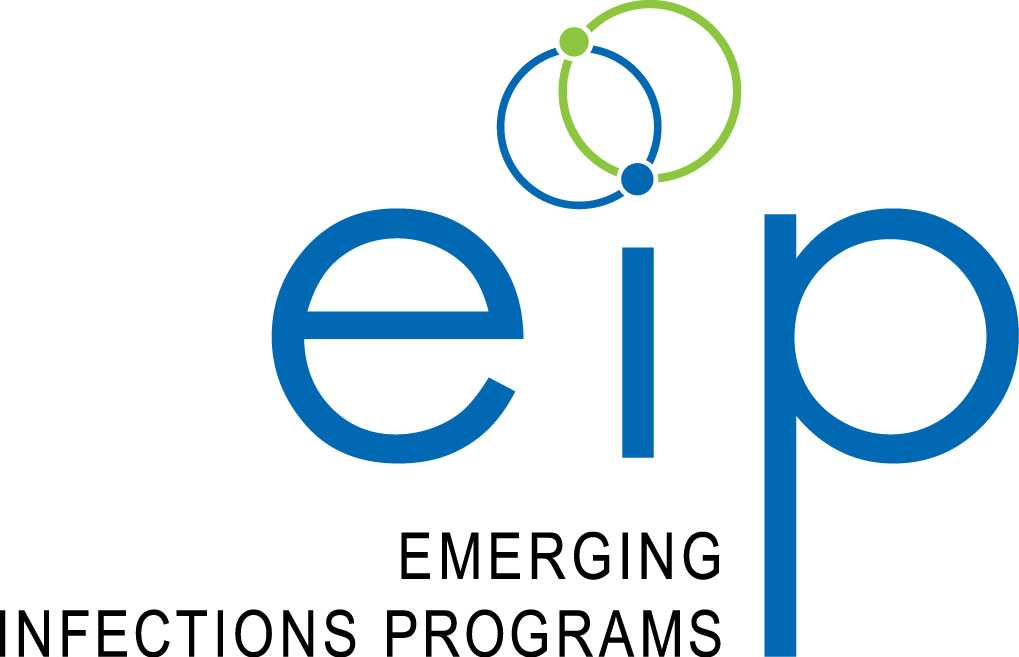HAI Data and Statistics
Healthcare-associated infections (HAIs)–infections patients can get while receiving medical treatment in a healthcare facility–are a major, yet often preventable, threat to patient safety. Together with health care and public health partners, CDC is working to bring increased attention to HAIs and prevention.
HAI Data Sources
HAIs at a Glance
Although significant progress has made in preventing some infection types, there is much more work to be done. On any given day, about one in 25 hospital patients has at least one healthcare-associated infection.
CDC’s annual National and State Healthcare-Associated Infections Progress Report (HAI Progress Report) describes national and state progress in preventing HAIs. Among national acute care hospitals, the most recent report (2014 data, published 2016) found:
- 50 percent decrease in central line-associated bloodstream infections (CLABSI) between 2008 and 2014
- No change in overall catheter-associated urinary tract infections (CAUTI) between 2009 and 2014
- However, there was progress in non-ICU settings between 2009 and 2014, progress in all settings between 2013 and 2014, and even more progress in all settings towards the end of 2014
- 17 percent decrease in surgical site infections (SSI) related to the 10 select procedures tracked in previous reports
- 17 percent decrease in abdominal hysterectomy SSI between 2008 and 2014
- 2 percent decrease in colon surgery SSI between 2008 and 2014
- 8 percent decrease in hospital-onset Clostridium difficile (C. difficile) infections between 2011 and 2014
- 13 percent decrease in hospital-onset methicillin-resistant Staphylococcus aureus (MRSA) bacteremia (bloodstream infections) between 2011 and 2014
The report also includes a national snapshot of HAIs in long-term acute care hospitals (LTACHs) and inpatient rehabilitation facilities (IRFs).
- LTACHs: 9 percent decrease in CLABSI and an 11 percent decrease in CAUTI between 2013 and 2014
- IRFs: 14 percent decrease in CAUTI between 2013 and 2014
In 2014, results of a project known as the HAI Prevalence Survey were published. The Survey described the burden of HAIs in U.S. hospitals, and reported that, in 2011, there were an estimated 722,000 HAIs in U.S. acute care hospitals (see chart below). Additionally, about 75,000 patients with HAIs died during their hospitalizations. More than half of all HAIs occurred outside of the intensive care unit.
| HAI Estimates Occurring in US Acute Care Hospitals, 2011 | |
|---|---|
| Major Site of Infection | Estimated No. |
| Pneumonia | 157,500 |
| Gastrointestinal Illness | 123,100 |
| Urinary Tract Infections | 93,300 |
| Primary Bloodstream Infections | 71,900 |
| Surgical site infections from any inpatient surgery | 157,500 |
| Other types of infections | 118,500 |
| Estimated total number of infections in hospitals | 721,800 |
Steps can be taken to control and prevent HAIs in a variety of settings. Research shows that when healthcare facilities, care teams, and individual doctors and nurses, are aware of infection problems and take specific steps to prevent them, rates of some targeted HAIs (e.g., CLABSI) can decrease by more than 70 percent. Preventing HAIs is possible, but it will take a conscious effort of everyone–clinicians, healthcare facilities and systems, public health, quality improvement groups, and the federal government–working together toward improving care, protecting patients, and saving lives.
HAI Data Sources
HAI data are used to identify problem areas, measure progress of prevention efforts, and ultimately eliminate HAIs. CDC receives data on HAIs through two distinct surveillance programs.
National Healthcare Safety Network (NHSN)
 CDC’s National Healthcare Safety Network (NHSN) is the nation’s most widely used HAI tracking system. NHSN provides facilities, states, regions, and the nation with data needed to identify problem areas, measure progress of prevention efforts, and ultimately eliminate HAIs. In addition, NHSN allows healthcare facilities to track antimicrobial use and resistance, blood safety errors and important healthcare process measures such as healthcare personnel influenza vaccine status and infection control adherence rates.
CDC’s National Healthcare Safety Network (NHSN) is the nation’s most widely used HAI tracking system. NHSN provides facilities, states, regions, and the nation with data needed to identify problem areas, measure progress of prevention efforts, and ultimately eliminate HAIs. In addition, NHSN allows healthcare facilities to track antimicrobial use and resistance, blood safety errors and important healthcare process measures such as healthcare personnel influenza vaccine status and infection control adherence rates.
- CDC’s annual National and State Healthcare-Associated Infections Progress Report (HAI Progress Report) provides a closer look at the HAIs most commonly reported to CDC’s NHSN. This report describes national and state progress in preventing central line-associated bloodstream infections (CLABSI), catheter-associated urinary tract infections (CAUTI), select surgical site infections (SSI), hospital-onset Clostridium difficile infections (C. difficile), and hospital-onset methicillin-resistant Staphylococcus aureus (MRSA) bacteremia (bloodstream infections). To read the full report, learn your state’s progress, or see technical data tables, visit CDC’s HAI Progress Report. Visit NHSN’s website for more NHSN annual reports.
Emerging Infections Programs (EIP)

CDC’s Emerging Infections Programs (EIP) is a national resource utilized for surveillance, prevention, and control of emerging infectious diseases. EIP is a network of state health departments and their collaborators in local health departments, academic institutions, other federal agencies, and public health and clinical laboratories; infection preventionists; and healthcare providers.
- CDC’s HAI Prevalence Survey provided an updated national estimate of the overall problem of HAIs in U.S. hospitals. For additional information about the EIP HAI and Antibiotic Use Prevalence Survey, visit EIP’s website.
- To read the full report: CDC HAI Prevalence Survey. Magill SS, Edwards JR, Bamberg W, et al. Multistate Point-Prevalence Survey of Health Care–Associated Infections. N Engl J Med 2014;370:1198-208.
- In 2014, the Antimicrobial Use Prevalence Survey made available the results of a multistate, acute care hospital antimicrobial-drug use prevalence survey. The purpose of this survey was to determine the prevalence of inpatient antimicrobial-drug use, the most common antimicrobial drug types, and the reasons for their use. For additional information about the EIP HAI and Antibiotic Use Prevalence Survey, visit EIP’s website.
- To read the full report: Magill SS, Edwards JR, Beldavs ZG, et al. Prevalence of Antimicrobial Use in US Acute Care Hospitals, May-September 2011. JAMA. 2014;312(14):1438-1446. doi:10.1001/jama.2014.12923.
- For additional resources, such as videos, visit The JAMA Network’s website.
Additional Resources
- Page last reviewed: March 2, 2016
- Page last updated: October 25, 2016
- Content source:


 ShareCompartir
ShareCompartir